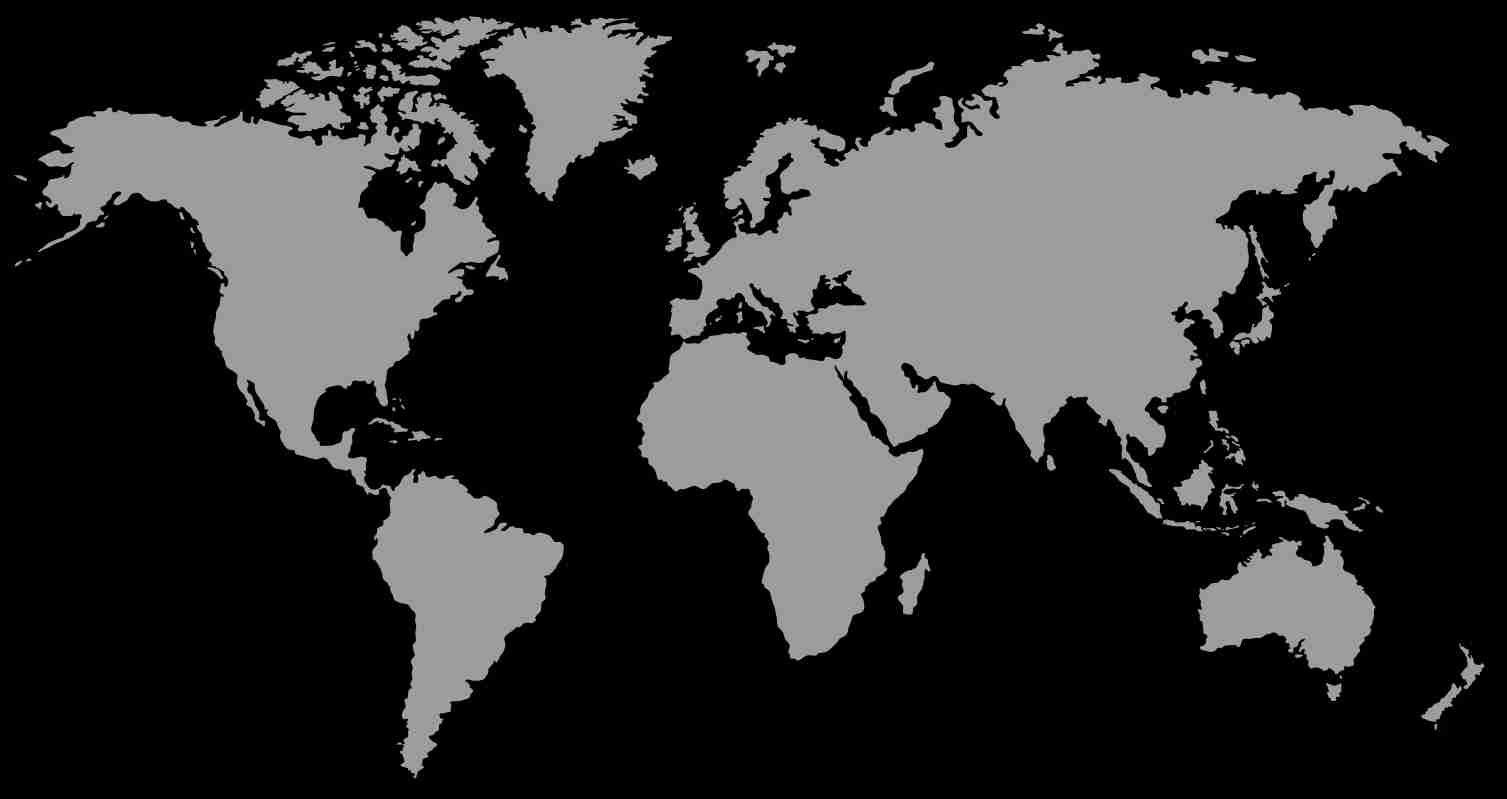
Galapagos family adventure with Intrepid Travel
Bite-sized tripWildlife you’re likely to see includes sea lions, sea turtles, frigate birds, blue-footed boobies, manta rays, Galapagos sharks, giant tortoises, pelicans, iguanas…..and fish! Lots of fish.

Day 1 – Arrival in Quito
Your journey starts in Quito – Ecuador’s impressive capital city – where you’ll meet your guide and fellow family travellers for the coming days. You’ll be staying in a comfortable, well-located hotel, and in the early evening there’ll be a welcome meeting to run through some admin details, and to answer any burning questions. The rest of the day is free to relax, explore or pick up any supplies you might need.
Day 2 – Quito and the equator
This morning your guide will show you the sights of Quito’s historical centre, before you’re driven an hour or so north to Mitad del Mundo – the equator line. Not only can you stand with one foot in each hemisphere, but there’s some fun child-friendly science to see here too. It’s pretty amazing to see how gravity works in opposite ways, just by moving a few metres north or south. Your evening is free, but make sure you get a good sleep as it’ll be an early start tomorrow.


Day 3 – Isla Santa Cruz
You’ll have breakfast on the move as you catch morning flight to Isla Santa Cruz – the first stop on your Galapagos family adventure! You’ll be met by your expert naturalist guide who’ll take you to your hotel for the next 2 nights. This afternoon you’ll take a tour of the town of Puerto Ayora, and through cactus and lava fields on the way to the beach at Tortuga Bay. This is a nice calm spot for your first snorkel, and the kids are bound to be excited when they see a marine iguana float past or a little reef shark swimming underneath – don’t worry, they’re harmless, unless you’re a fish.
*You’ll need to pay some local taxes today – US$20 at Quito Airport and US$100 when you arrive in the Galapagos – so make sure you’ve got some cash!
Day 4 – Isla Santa Cruz
After breakfast you’ll head to the Charles Darwin Research Centre, home to one of the Galapagos’ most popular residents (especially with children), the giant tortoise. These huge creatures are part of a breeding programme to keep the species alive, and it’s a great chance to see them up close whilst you learn about the conservation efforts being made here. Your afternoon is free, so you can relax in town, go swimming or snorkelling, rent kayaks to explore the coast, or hike into the island’s centre in search of wildlife.


Day 5 – Isla San Cristobal
In the morning you’ll catch the boat to neighbouring Isla San Cristobal, and you’ll check in to your new hotel for the next couple of nights. In afternoon you’ll learn about the history and challenges of these islands, before a short climb up Cerro Tijeratas for a stunning view of your surroundings and of the 140m Kicker Rock just offshore. You’ll also have the opportunity to snorkel at a great spot, La Loberia, where you’re likely to be sharing the water with curious sea lions and turtles.
Day 6 – Isla San Cristobal
This morning you’ll take a short boat ride to Isla Lobos, home to the world’s second largest sea lion colony and South America’s tallest lighthouse. You’ll see plenty of birds along the way, but the main reason to come here is for what’s underwater. With your snorkel on, you could be swimming amongst sea turtles, manta rays, small Galapagos sharks and a whole host of colourful fish. You’ll return to San Cristobal in the afternoon to enjoy a final evening in the Galapagos Islands.


Day 7 – Return to Quito
Your flight back to Quito departs in the afternoon, so you can have a leisurely morning exploring and shopping in town, or perhaps taking one last trip to the beach with your snorkels. You’ll be back at your Quito hotel in the evening, and can enjoy sharing stories and pictures over dinner.
Day 8 – Departure from Quito
After breakfast it’ll be time to head home, or on to the next stop on your South American journey. We can book extra nights for you to explore Quito of course, and there’s plenty to see and experience in Ecuador or elsewhere on the continent.

Accommodation





